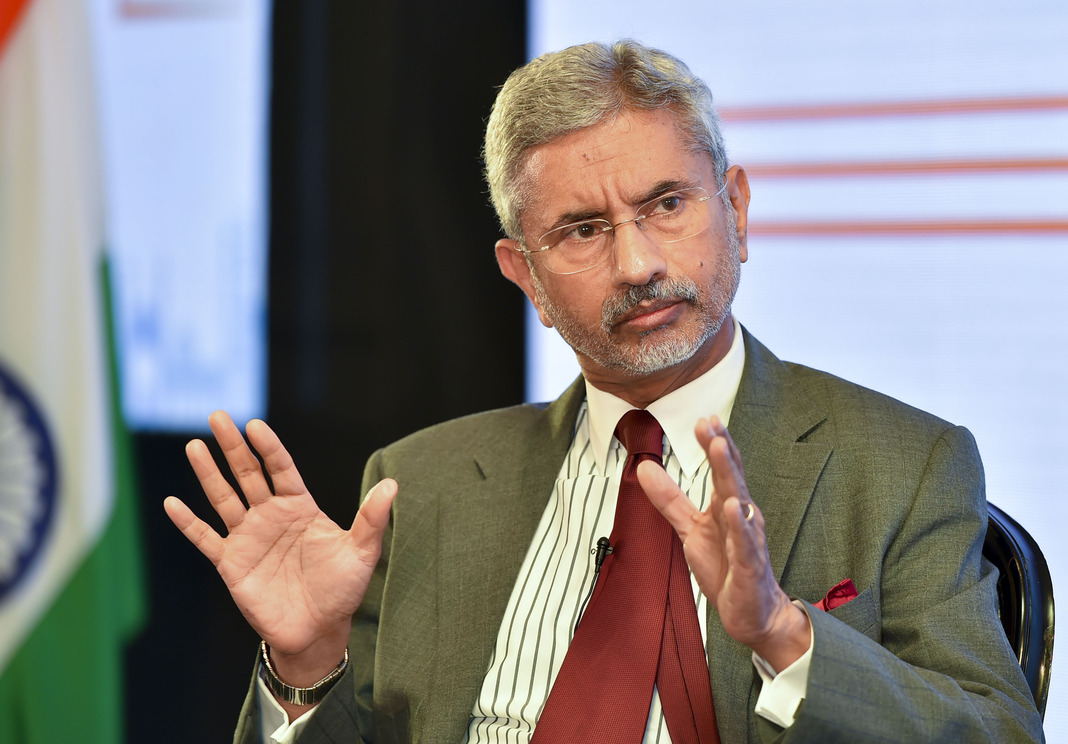Roopak Goswami
Shillong, Dec 13: Are Meghalaya forests more susceptible to deforestation than other states in the Northeast?
Though Meghalaya’s forest cover declined by 12.46% between 2001 and 2021, deforestation susceptibility of the state is less compared to others in the Northeast, says a new study, published in the Environmental Monitoring and Assessment journal.
Deforestation susceptibility is defined as the likelihood or probability that a particular area of forest is at risk of deforestation. This assessment is based on a combination of environmental, physical, climatic, and human-induced factors. Using advanced Multicriteria Decision-Making (MCDM) models like VIKOR, SAW, EDAS, and WASPAS, the study quantifies the influence of 20 key factors, such as slope steepness, forest density, proximity to settlements, soil texture, and distance from agricultural land.
The study, led by researchers from Fakir Mohan University, Utkal University, and several international collaborators investigates the dynamics of forest cover change and susceptibility to deforestation in this region from 2001 to 2021. The study identified regions of Assam, Nagaland, Mizoram, and Arunachal Pradesh were identified as experiencing significant forest cover loss, indicating a pronounced susceptibility to future deforestation.
The study found that deforestation susceptibility ranges from low to medium in the four models used.
Meghalaya’s deforestation is closely linked to human activities, particularly agricultural expansion, infrastructure development, and settlement growth. Traditional Jhum cultivation (shifting cultivation), a centuries-old farming practice, remains a critical driver. The practice involves clearing patches of forest for agriculture, which are later abandoned as fertility declines, pushing farmers to new areas. While Jhum cultivation has cultural significance, its ecological impact on Meghalaya’s forests is profound.
In addition to agricultural practices, the development of roads and other infrastructure is contributing to forest loss. The rugged hilly terrain of Meghalaya necessitates significant earthworks, often leading to deforestation. Additionally, soil erosion from steep slopes compounds the impact, as cleared land is prone to landslides during the monsoon season. The study highlights that forested regions with higher slopes and areas close to landslide-prone zones face a greater risk of deforestation.
A questionnaire-based survey carried out by another group of researchers found that of a total of 1366 households in 130 villages in Meghalaya situated in forest fringe areas, it as found 99 per cent of the respondents were aware of deforestation and all of them stated that deforestation is not desirable and government along with communities should take the initiatives to stop the deforestation in the state of Meghalaya.
The authors of the new study emphasize that a comprehensive approach is needed to tackle deforestation in Northeast India. They call for the development of policies that address land-use change, promote sustainable agriculture, and protect ecologically fragile areas. The MCDM models’ ability to predict deforestation susceptibility could be instrumental in this effort.
“By identifying high-risk areas, we can prioritize intervention strategies,” the researchers noted. “This will allow policymakers to target conservation efforts more effectively and allocate resources to areas where they are most needed.”
The authors also recommend engaging local communities in participatory forest management. Given the importance of community-based conservation initiatives, the study suggests that stakeholder engagement in the weighting of MCDM model criteria can lead to better-informed, locally accepted policies.




